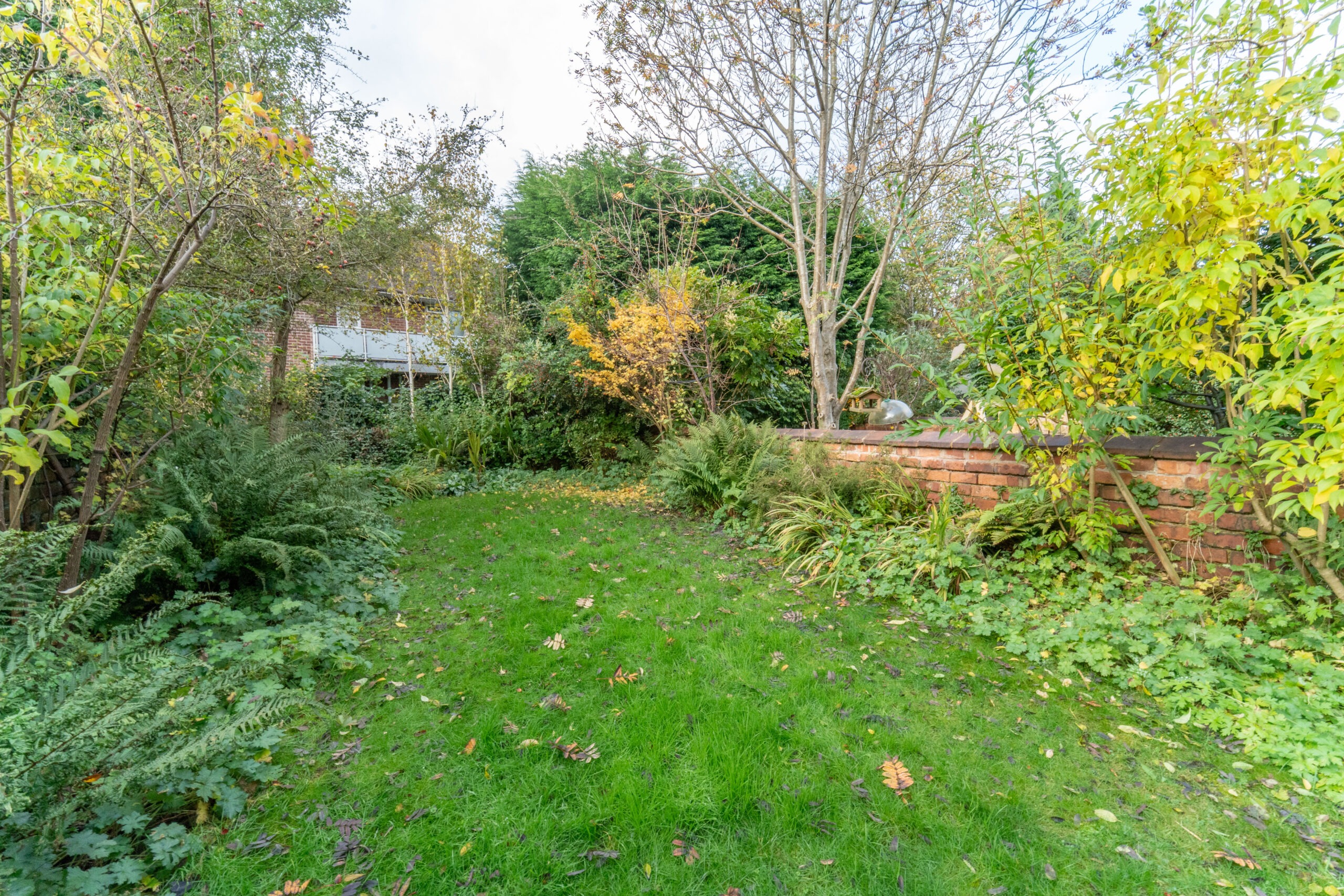Caring for your lawn in autumn..
You may think that as the weather gets cold, the lawn care demands are over till spring – but not so. Now’s the time to take action to ensure a lush, green lawn next year, and it’s really not much effort at all.
Mowing your lawn in autumn
Grass wants as much sunlight as it can get, so a final mow before the first frosts set in is a good idea, and November is the perfect month to do it. It’s a good idea at this time of year to raise the mower blades just a little bit – a scalped lawn won’t do well in the wet or frost.
Feeding your lawn in autumn
In the winter months, grass moves from putting its energy into growing new leaves into strengthen its roots, so now is a great time to fee the lawn to support that, Choose one specifically designed for use at this time of year, such as Miracle-Gro EverGreen Autumn Lawn Care, Lawn Food & Moss Control
Weeding your lawn
If your lawn has had a bit of a weed invasion over summer, now’s a great time to get on top of them, when their growth is being inhibited by the cold weather, and the ground is soft enough to make weed removal easier.
Dandelions have a long tap root, so the best approach is to find a waterproof pad, a pair of gardening gloves and an old-fashioned potato peeler and get in there to lift them out. You could, if kneeling on a cold, wet lawn doesn’t appeal, invest in a weeding tool – a long corkscrew you can use standing up. It makes short work of even the deepest set weed roots.
You can also use a weedkiller, which is great for spreading weeds, such as buttercups and daisies. Resolva, from B&Q, is an easy to use spray you can direct precisely at the weed in question. Take care not to spray it too generously, you may end up killing patches of grass, too.
Aeration and scarification
Two words we don’t use very often in our lives, but really important if you want to maintain a beautiful lawn year round.
Aeration is simply pushing holes into the lawn to encourage good drainage and giving the roots room to spread. It helps prevent moss growth, and essentially allows your lawn to ‘breathe’. You can do it with a garden fork, just pushed into the soil at regular intervals and wiggles around a little. Or you can buy an aeration tool, with more tines for faster work.
Scarification is the lifting out of the dead grass and moss that can build up just below the green grass leaves, known as thatch. A small amount of thatch is fine, as it protects the roots, but in large quantities thatch can slow or prevent growth of new grass, block water and nutrients from reaching the roots, and encourage moss to form. It’s not something that needs to be done every year, therefore, but if you’ve never done it, or you’ve noticed a few bald patches and an increase in moss, it’s definitely time.
You scarify your lawn by using a spring tine rake or a special scarifying tool. A spring tine rake is the one with narrow, wide-spread wire tines, not the heavy one you use in a flower bed. To scarify, draw the rake along the surface of the lawn, lifting out the loose thatch below. It will look like a pickle afterwards, even after you’ve picked up or mowed up the thatch, but it then has all winter to recover. Now’s the time to aerate, as described above. The lawn will look like a herd of wildebeest have migrated across it, but it’s worth the effort.
Finish with a top dressing of autumn lawn feed, then you can retire to your warm home and await spring with confidence of a great lawn to come.
Eddie – Friday 10th November 2023. (Image used from Oswald Road, Chorlton).



